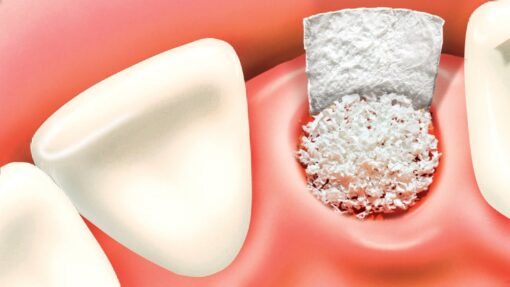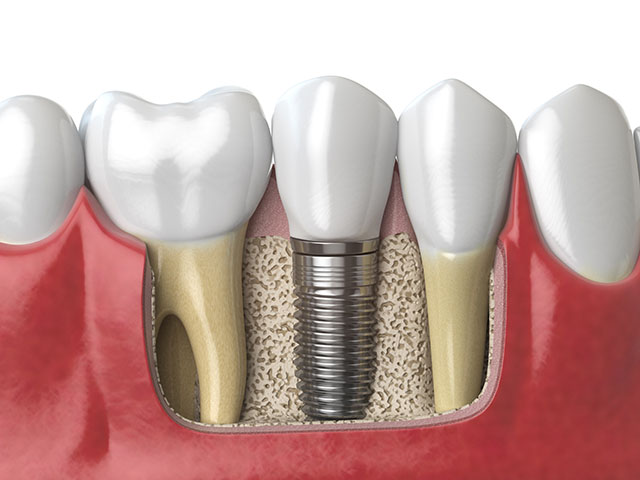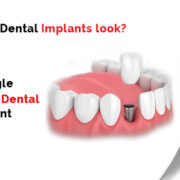Bone density is a measure of the quantity, strength, and quality of your bone. The amount of bone you have is your volume. Its strength depends on its density. The quality of your bone is based on the percentage of collagen fibers, which gives your bone strength and elasticity. A low bone density indicates you have less bone than an average individual your same age. Osteoporosis or some other factor like having been vitamin D deficient when young or never eating enough calcium-rich foods such as milk products or green vegetables.
Women over the age of 50 and men over 70, are at increased risk for developing low bone density. This happens with ageing as a reduction in oestrogen production and accelerated bone resorption as well as weaker bones. If you are not sure about these things, consulting with an oral surgeon who specializes in edentulous (toothless) patients is advisable, especially if you’re thinking about getting dental implants in the future.
What factors determine if you are candidate for implants?
Your overall health — your general state of nutrition and whether you are taking calcium supplements and vitamin D.
The quantity of bone — i.e., the amount you have.
Density of the bone — i.e., how strong it is.
The quality of the bone — i.e., the number of collagen fibers.
Whether you are currently undergoing any hormonal therapy.

How much bone do you have?
You will have less bone than the person standing next to you and less than the amount needed to support a dental implant, so you will need to get supplemental bone to fill in the difference. The amount of bone needed to support an implant is determined by measuring the width, length, and thickness of your jawbone
The thickness of the jawbone is measured by a device called a precision vernier caliper to determine the thickness of the bone over a certain distance. The width and length of the jawbone are important because they determine the width and length of the implant, but the thickness of the jawbone is also important because it determines the amount of bone needed to support the implant.
How dense is your bone?
The density of the bone is determined by a device called a Quantitative Computerized Tomogram (QCT) scanning device. The QCT scans the bone and a computer calculates the bone density. The estimated bone density can differ from the actual bone density. If there has been a significant reduction in the density of the bone, you may not be a candidate for dental implants. If your bone density is normal, you should be a candidate for dental implants.
What is the quality of your bone for implant?
The quality of your bone is determined by the number of collagen fibers in the bone. This can be measured by a device called an ultrasound bone densitometer. Dentin, the bone-like tissue that makes up the majority of the tooth root, has a large number of collagen fibers. When an implant is placed, the dentin on the tooth root is resorbed, and new bone forms on the implant with a large number of collagen fibers. To have a successful outcome, it is necessary to have the adequate bone quality to support the implant with enough collagen fibers to resorb and form new bone.

Factors determine for implant success.
If you have gum disease or other oral health issues such as gingivitis or periodontitis. You may not be a candidate for dental implants. You are not taking adequate care of your teeth and gums, you’re more likely to develop a periodontal disease that can spread to the surrounding tissues, including the jawbone, and cause significant bone loss. If you have significant bone loss, you may not be able to get dental implants. You have a history of taking certain medications, you may not be a candidate for dental implants. If you are not in good general health, you may not be a candidate for dental implants.
Conclusion
If you have adequate bone to support an implant. The dentist will take a biopsy of the bone. Remove a small amount of bone, and then place the implant. Leaving the implant in place for a certain period of time. The implant is then removed, and you’re fitted with a bridge or denture. Which will be firmly attached to the implant. If you have an inadequate bone to support an implant, the dentist can perform a bone grafting procedure. To do this, the dentist will take bone from one part of the mouth and place it in the area where the implant is to be placed. If you have adequate bone to support the placement of a dental implant, you’re likelier to have a successful outcome.






